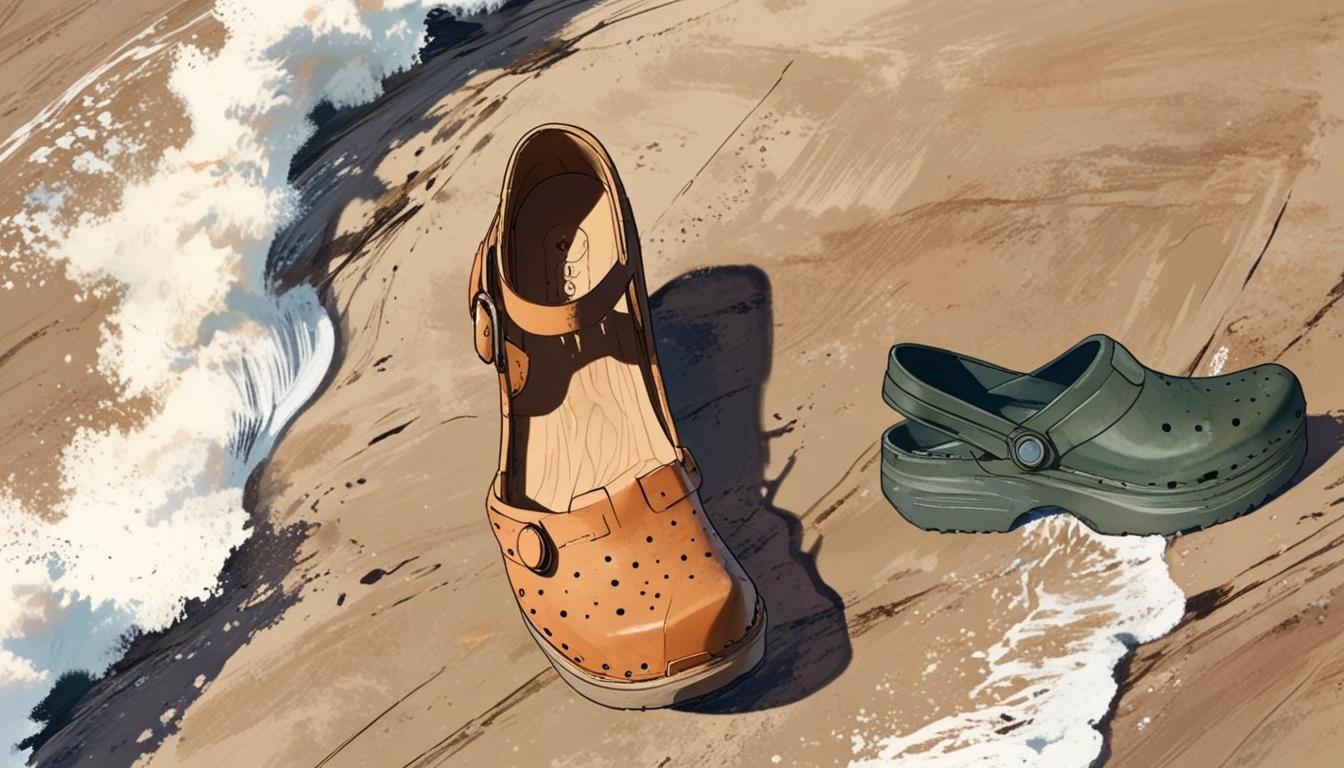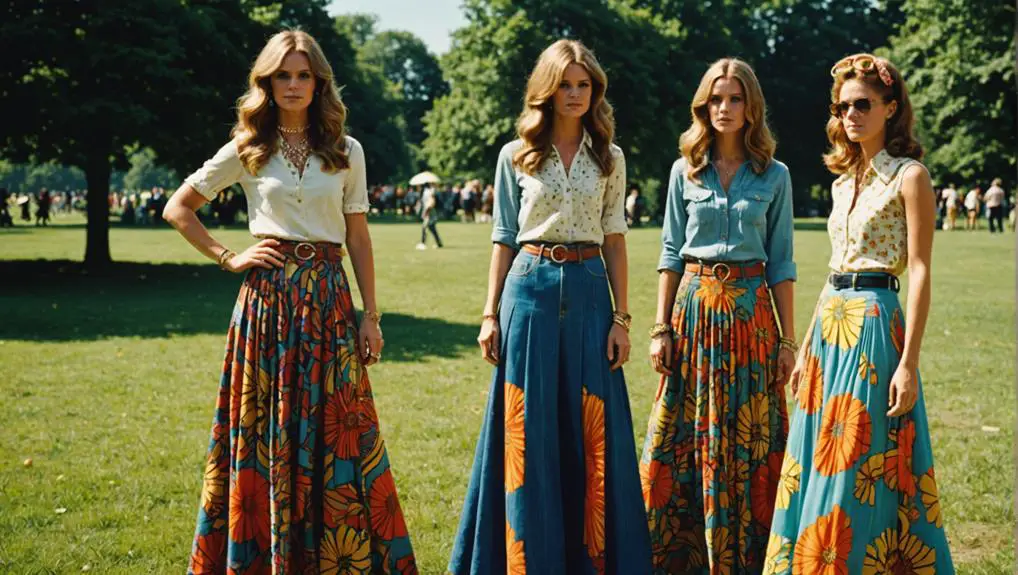Le Coq Sportif’s journey is a testament to the enduring allure of quality and passion in the world of athletics. Established in 1882 by Émile Camuset in Romilly-sur-Seine, Le Coq Sportif began as a modest operation producing jerseys for local sports enthusiasts. This initial spark of innovation set the stage for a brand that would come to epitomize both the spirit of competition and the chic sensibility of French fashion.
The turning point for Le Coq Sportig came in 1929 when the company released its first catalogue, primarily featuring cycling jerseys, marking its official entry into the sportswear industry. This move was bolstered by Camuset’s vision and his son’s enthusiasm for sports, pushing the brand into the forefront of athletic apparel. In 1939, Le Coq Sportif introduced the world to the first tracksuit, dubbed “the Sunday clothing,” a revolutionary concept that combined comfort with functionality. The brand continued to ascend to new heights, culminating in its role as the official maker of the yellow jersey for the Tour de France starting in 1951—a significant endorsement that underscored its quality and performance.
The subsequent decades were marked by both innovation and tumult. In 1966, Le Coq Sportif became one of the first sportswear manufacturers to feature its logo prominently on products, a triangular rooster that became synonymous with the brand. However, the 1970s brought challenges, including a fierce legal battle with Adidas over trademark rights that nearly saw the brand’s demise. Yet, under the stewardship of various leaders, including André Guelfi and later Robert Louis-Dreyfus, Le Coq Sportif experienced a renaissance, reinventing itself with each decade and continuing to expand its global footprint.
Today, Le Coq Sportif stands as a beacon of heritage and craftsmanship, returning to its roots with its production centralized in France and a renewed focus on sponsoring major sports events like the Tour de France. As it celebrates over 140 years of history, Le Coq Sportif remains a pillar in the sportswear industry, demonstrating that tradition and innovation can coexist, crafting garments that are not only functional but timeless. As enthusiasts and collectors delve into the archives of Le Coq Sportif’s logos and tags, they uncover not just vintage apparel but pieces of history that highlight the brand’s significant impact on sports and culture. This guide to dating Le Coq Sportif items through their distinctive logos and tags is more than a tool; it’s an invitation to explore the legacy of a brand that has been with athletes on countless podiums and everyday adventures alike.
Rare 80s Le Coq Sportif Advert
How to tell if Le Coq Sportif is vintage from the logo
Le Coq Sportif, a brand synonymous with both athletic prowess and French elegance, has seen its logo evolve significantly over the decades. Each change in the logo not only reflects the brand’s response to design trends but also marks a new chapter in its storied history. As a collector or enthusiast trying to date a piece of vintage sportswear, knowing the specific era of a logo can be incredibly helpful. The following breakdown of logo changes will aid in identifying the approximate age of Le Coq Sportif items, especially as the brand’s logos have distinctive features that correspond closely to their time periods.
From simple, minimalist designs to more complex and colorful representations, Le Coq Sportif’s logos encapsulate a journey through time that mirrors the brand’s evolution in the world of sports fashion. Here is an analysis of how the logos have changed, with each one marking a different era in the brand’s rich history, helping aficionados correctly date their vintage finds.
1950 to 1960 Le Coq Sportif logo
- The logo during this era featured a detailed and realistic rooster, set against a plain background, reflecting the post-war optimism and simplicity in design.

1950 to 1960 Le Coq Sportif logo
1960 to 1965 Le Coq Sportif logo
- This period saw the introduction of a more stylized rooster, moving towards a more modern and streamlined design to align with the swinging sixties’ aesthetics.

1960 to 1965 Le Coq Sportif logo
1965 to 1966 Le Coq Sportif logo
- A brief transitional logo that experimented with bolder colors and a slight modification in the rooster’s posture to suggest dynamism and movement.

1965 to 1966 Le Coq Sportif logo
1966 to 1968 Le Coq Sportif logo
- This logo featured a more geometric rooster, reflecting the trends in graphic design of the late 1960s, focusing on abstraction and form.

1966 to 1968 Le Coq Sportif logo
1968 to 1973 Le Coq Sportif logo
- The rooster became even more stylized and abstract, emphasizing the shape and contours over detail, which mirrored the minimalist trends of the era.

1968 to 1973 Le Coq Sportif logo
1973 to 1975 Le Coq Sportif logo
- During this period, the logo took on a very artistic and unique style with the rooster depicted in an aggressive, forward-leaning posture, symbolizing the brand’s push towards high-performance sports gear.

1973 to 1975 Le Coq Sportif logo
1975 to 2009 Le Coq Sportif logo
- A long-standing logo that returned to the classic, detailed depiction of the rooster, balancing modernity and tradition, which helped solidify the brand’s identity during its global expansion.

1975 to 2009 Le Coq Sportif logo
2009 to 2012 Le Coq Sportif logo
- This update introduced a cleaner, more digital-friendly version of the rooster, ready for the new millennium with sleek lines and a more dynamic posture.

2009 to 2012 Le Coq Sportif logo
2012 to 2016 Le Coq Sportif logo
- Reflecting modern design trends, this logo simplifies further, focusing on sleek, angular lines that convey speed and precision, a nod to the brand’s commitment to performance.

2012 to 2016 Le Coq Sportif logo
2016 to now Le Coq Sportif logo
- The current logo simplifies even further, often using a single color and a highly stylized version of the rooster that emphasizes elegance and a minimalist aesthetic, catering to modern tastes and the digital age.

2016 to now Le Coq Sportif logo
How to tell if Le Coq Sportif is vintage from the tags
Le Coq Sportif, a renowned French sports apparel and footwear brand, has a rich history reflected through its distinctive tags that have evolved over the decades. Recognizing the brand’s vintage clothing can be quite rewarding for collectors and fashion enthusiasts alike. The tags not only represent authenticity but also chronicle the brand’s design evolution from simple, minimalistic designs in the early years to more modern, detailed tags in recent collections.
Each era of Le Coq Sportif tags showcases unique characteristics that mirror the prevailing fashion trends and brand strategies of the time. From the rustic and robust tags of the 1980s to the sleek, contemporary designs of the 2010s, each tag offers a snapshot of the brand’s legacy. This guide aims to help enthusiasts and collectors accurately date their vintage Le Coq Sportif apparel by examining the key features of tags from different decades.
Having difficulty identifying vintage tags or labels? Upload a picture on our vintage tag identification page, and we’ll help you out!
1980s vintage Le Coq Sportif tags
- Early versions often featured a simple, triangular logo with bold, straightforward text.
- Tags from this era frequently used a basic white background with a contrasting blue or black text.
- Material composition and size often printed directly beneath the logo in a very plain typeface.

1980s Le Coq Sportif
1990s vintage Le Coq Sportif tags
- Introduction of color into the tags, with the logo still prominent but now in varied hues such as red or blue.
- The tags became slightly more elaborate with additional branding elements like “Designed in France” to emphasize the brand’s origin.
- Inclusion of more detailed care instructions and fabric compositions, reflecting the era’s focus on garment care and information transparency.

1990s Le Coq Sportif
2000s vintage Le Coq Sportif tags
- Tags from this period often featured a more modernized logo with enhanced graphical elements.
- Incorporation of multiple languages on the tags, catering to a global market.
- A noticeable shift towards synthetic materials, as indicated by the fabric composition details on the tags.

2000s Le Coq Sportif
2010s vintage Le Coq Sportif tags
- Contemporary designs with vibrant colors and diverse tag materials, including plastic and fabric blends.
- Usage of both minimalist and detailed tags within the same period, often depending on the line of clothing.
- Barcodes and QR codes began appearing on tags, reflecting the digital age influence.

2010s Le Coq Sportif




